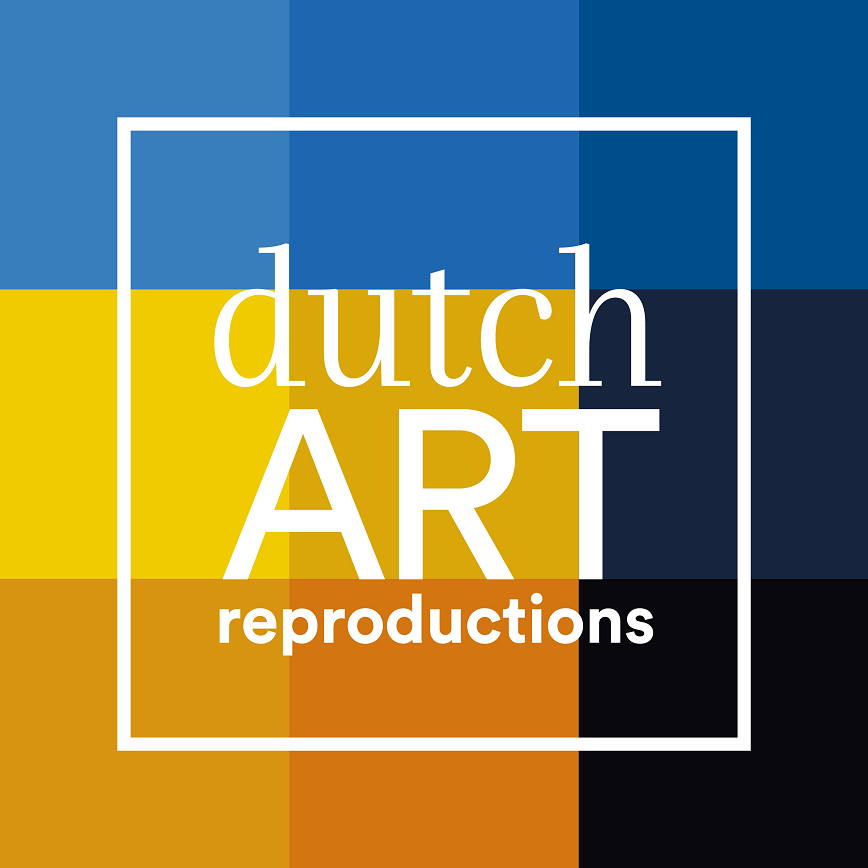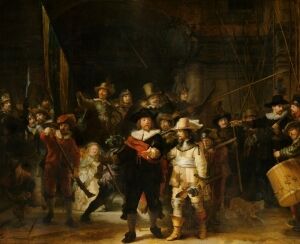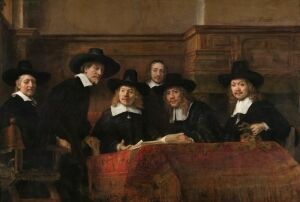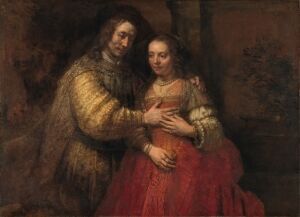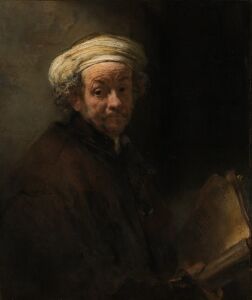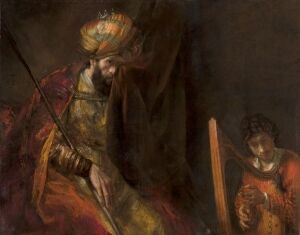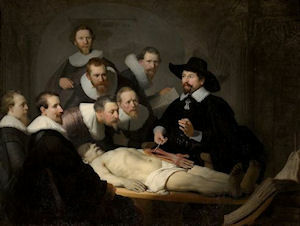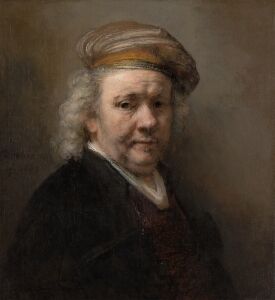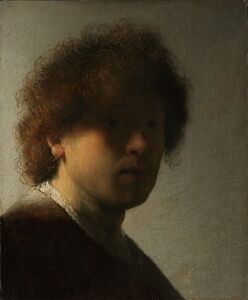We use cookies to make your experience better. To comply with the new e-Privacy directive, we need to ask for your consent to set the cookies. Learn more.
Anatomy Lesson of Dr. N. Tulp
BEFORE YOU BUY WATCH THIS VIDEO to see how we make your masterpiece
We handcraft all reproductions in our Amsterdam studio. Are you looking for a specific artwork, a different size or a special frame? Contact us.
Gallery wrap 2 cm: Watch this video to see how we make your reproduction. The canvas is stretched by hand on two centimetres thick wooden stretcher bars. The term "gallery wrap" refers to an image that appears on the sides of the stretcher bars as well as the front.
We handcraft all reproductions in our Amsterdam studio. Are you looking for a specific artwork, a different size or a special frame? Contact us.
Gallery wrap 4,5 cm: Watch this video to see how we make your reproduction. The canvas is stretched by hand on 4,5 centimetres thick wooden stretcher bars. The term "gallery wrap" refers to an image that appears on the sides of the stretcher bars as well as the front. This canvas hangs strong and bold on your wall and does not need a frame.
We handcraft all reproductions in our Amsterdam studio. Are you looking for a specific artwork, a different size or a special frame? Contact us.
Classic with nails: Watch this video to see how we make your reproduction. After stretching the canvas on 2 cms thick stretcher bars, we finish the sides in a traditional way. We use custom-made nails and hammer them in by hand for that old fashioned look.
We handcraft all reproductions in our Amsterdam studio. Are you looking for a specific artwork, a different size or a special frame? Contact us.
About the original:
Rembrandt van Rijn (1606-1669), Anatomy Lesson of Dr. N. Tulp 1632, Oil on Canvas, 169.5 x 216.5 cm, Collection Mauritshuis.
Giclée printing: Watch the video
We print the reproductions on museum-quality canvas of 380g. Printing a Giclée is done with the utmost precision. The HDR inks are sprayed on the canvas layer by layer, with 800 nozzles per colour x 10 channels for a total of 8000 nozzles. This technique guarantees over 100 years of colour permanence. The end result is characterized by great fineness and image depth, very high sharpness, detail and deep colours.
Varnish: Watch the video
We then apply several coats of varnish by hand to make the colours come to life and to protect against moisture and UV light. The canvas is stretched by hand on stretcher bars made with timber from sustainable forestry.
Want to save on shipping costs? Watch the video
We can also deliver your canvas unstretched, rolled-up and placed in a tube for shipping. See here how we package your reproduction. For more information and prices contact us.
Can’t find what you’re looking for?
All reproductions are custom made in our Amsterdam studio. If you are you looking for a specific artwork, a special frame, or you want a different size, feel free to contact us.
This reproduction on canvas of Anatomy Lesson of Dr Tulp by Rembrandt van Rijn is made in cooperation with the Mauritshuis Museum, where the original painting is hanging. In 1632 the 25-year-old Rembrandt gets the most important commission of his young career. Dr. Nicolaes Tulp, the man with the black hat, asks him to paint a group portrait. Tulp gave lessons to Amsterdam surgeons, doctors who carried out simple operations. Once a year he dissected a cadaver in front of his pupils. Lessons in human anatomy were open to the public and aroused great interest. They were held in the anatomical theatre in the weighing house on the Nieuwmarkt in Amsterdam. Group portraits were usually a stiff affair, composed of a row of heads.
But not in Rembrandt's case, he added action and movement and turned it into theatre. He had each surgeon react in a different way; bending over, looking at the dissected arm or at the book on the right or staring straight at us. Rembrandt placed his group portrait in a bright light which shines directly on the heads in front and on the white cadaver, which does literally comes under the spotlight. It's the body of the notorious criminal, Aris Kindt, who had been hung shortly before. However realistic the scene might look, it's not completely veracious.
In fact, Tulp must have started his lesson by dissecting the abdomen as the intestines of a first to decay. Maybe Rembrandt thought that such an open belly would be too distracting. Dr. Tulp demonstrates the workings of the hand, using the forceps to lift up a bundle of muscles and tendons attached to the fingers. He makes a reinforcing gesture with his left hand. Rembrandt made his breakthrough in Amsterdam with this impressive group portrait. In the course of the 1630's he became the city's most prominent portrait painter.
Rembrandt van Rijn (1606-1669), Anatomy Lesson of Dr. N. Tulp 1632, Oil on canvas, 169.5x216.5cm, Collection Mauritshuis.
